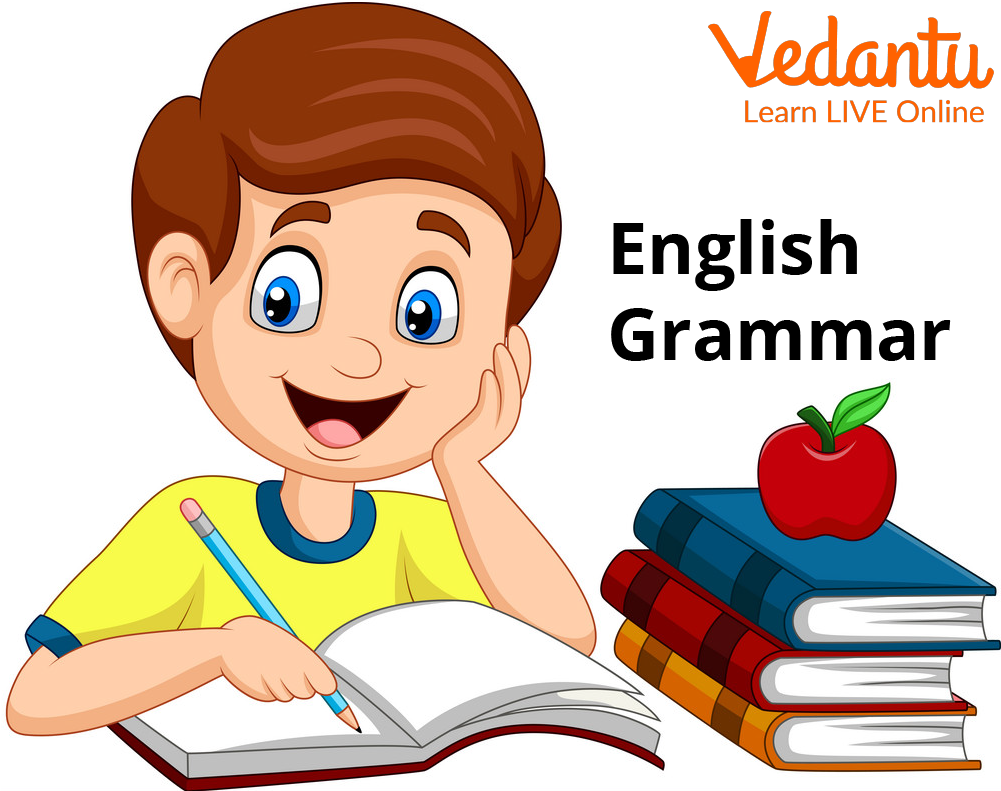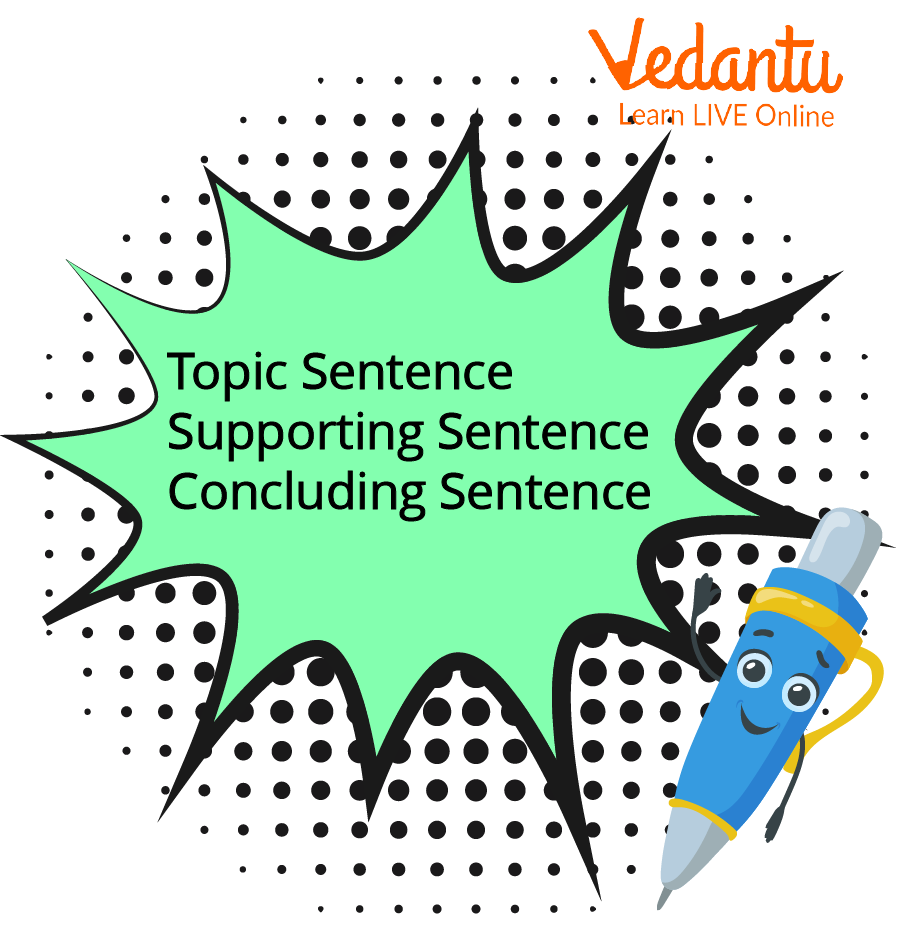Class 7 English Grammar: Guide to Paragraph Writing for 2025-26
FAQs on Class 7 English Grammar: Guide to Paragraph Writing for 2025-26
1. What are the essential components of a well-structured paragraph for the Class 7 English exam 2025-26?
For the Class 7 English exam, a high-scoring paragraph must contain three key components as per the CBSE guidelines. It should be around 50-70 words and include:
- Topic Sentence: The first sentence that introduces the main idea of the paragraph.
- Supporting Sentences: Two to three sentences that provide details, examples, or explanations to support the topic sentence.
- Concluding Sentence: The final sentence that summarises the main point and provides a sense of closure.
2. What types of topics are frequently expected for paragraph writing in the Class 7 CBSE exam?
In the Class 7 CBSE exam, students can expect topics that test their descriptive and narrative skills. Important and frequently asked types of topics include:
- Descriptive: Writing about a person, place, object, or animal (e.g., 'My Best Friend', 'A Visit to a Hill Station', 'My Pet').
- Narrative: Describing an event or experience (e.g., 'My Birthday Party', 'A Memorable School Trip', 'The Day I Won a Prize').
- Expository: Explaining an idea or a proverb (e.g., 'The Importance of Reading Books', 'Honesty is the Best Policy').
3. How is a paragraph marked in the Class 7 English paper according to the CBSE 2025-26 pattern?
According to the CBSE evaluation criteria for Class 7, marks for paragraph writing are typically divided across three areas to ensure a fair assessment:
- Content: How relevant and on-topic your ideas are. (2 Marks)
- Expression: Your ability to present ideas coherently and logically, using appropriate vocabulary. This includes coherence and originality. (2 Marks)
- Accuracy: The correctness of your grammar, spelling, and punctuation. (1 Mark)
4. How can a student ensure their paragraph is coherent and well-connected to score full marks?
To ensure coherence and earn full marks for expression, a Class 7 student should focus on making their paragraph flow smoothly. The most important technique is to use transition words to connect ideas (e.g., 'First', 'Next', 'However', 'Therefore', 'In conclusion'). Additionally, make sure every sentence directly supports the main idea introduced in the topic sentence. Avoid jumping between different topics within the same paragraph.
5. What is the biggest mistake students make in paragraph writing, and how can it be avoided?
The most common mistake students make is straying from the main topic. They start with one idea but then include irrelevant details or switch to a new idea midway. To avoid this, always plan before writing. Spend a minute to think about your topic sentence and two or three supporting points. Stick only to those points to maintain focus and clarity, which is crucial for scoring well.
6. Why is a strong topic sentence considered the most important part of a paragraph in an exam?
A strong topic sentence is critical because it acts as a guide for both the writer and the examiner. For the writer, it provides a clear focus, ensuring all following sentences are relevant. For the examiner, it immediately shows that you have understood the topic and can structure your thoughts logically. A clear topic sentence sets a positive first impression and is key to a high-scoring, well-organised paragraph.
7. How does a narrative paragraph differ from a descriptive one, and what is one important tip for each?
The main difference lies in their purpose. A narrative paragraph tells a story, focusing on a sequence of events, while a descriptive paragraph paints a picture with words, focusing on sensory details.
- Important Tip for Narrative: Always present events in a clear chronological order (beginning, middle, and end).
- Important Tip for Descriptive: Use strong adjectives and sensory details (what you see, hear, smell, etc.) to make the description vivid for the reader.



















